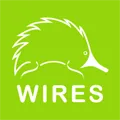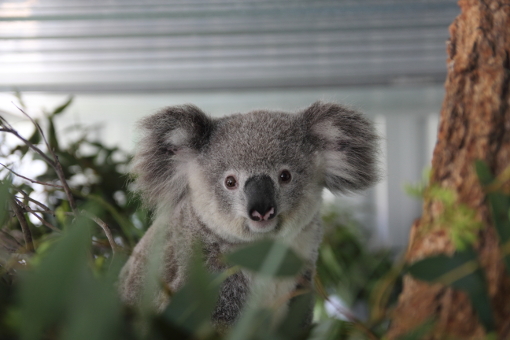Blog
Contact media@wires.org.au for enquiries or call 0416 272 153.
For the latest updates on bushfire recovery projects and emergency response
Read WIRES Emergency Recovery Plan and WIRES National Emergency Response Plan
WIRES works for koalas
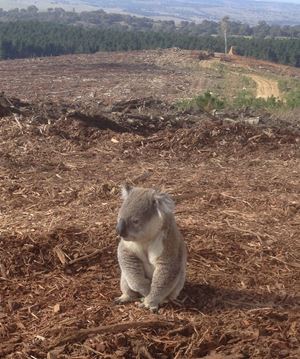 One of the most important things we can do for nature is save our
threatened species from extinction while we still have time, says WIRES
(NSW Wildlife Information, Rescue and Education Service Inc.),
Australia’s largest wildlife rescue organisation
One of the most important things we can do for nature is save our
threatened species from extinction while we still have time, says WIRES
(NSW Wildlife Information, Rescue and Education Service Inc.),
Australia’s largest wildlife rescue organisation
The theme for this World Environment Day (5 June) of ‘Connecting
People to Nature’, invites us to think about how we are part of nature
and how intimately we depend upon it.
“It is almost impossible to think that in less than 40 years, animals
like koalas could vanish from the wild in New South Wales,” says WIRES
CEO Leanne Taylor.
“It’s not only possible, it’s likely. The government has passed
legislation that will lead to broad scale land clearing in New South
Wales which will threaten all native animals that inhabit these
forests.”
WIRES is part of the Stand Up for Nature campaign that has opposed the changes.
The government has already identified the koala as ‘vulnerable’ to extinction in the medium term in NSW and there are currently endangered populations in Pittwater, Hawks Nest & Tea Gardens, and in the Northern Rivers region. There are numerous koala populations throughout the state including south-west Sydney, New England region, Clarence Valley and central west areas of NSW.
“WIRES is there 365 days a year to rescue animals that have lost their homes. And this Winter we’re asking people to donate what they can as the number of displaced animals only continues to increase,” said Ms Taylor.
In recent years, WIRES has received an increasing number of calls about
koalas. In the last year alone, WIRES responded to more than 480 calls
from around Australia to help koalas in need – that’s more than one a
day! Some of these calls required action and follow up from WIRES and
others were referred to other organisations.
The reality is that caring for native animals like koalas requires special skills and a whole team of special people. Since May last year, WIRES has taken into care around 40 koalas.
You can read more about some of our koalas that are currently in care.
WIRES’ koala coordinator, Vickii Lett says, “The value of what we do is in the care we provide”.
“Koalas come into care for any number of reasons, from being in places they shouldn’t be, to disease, dog attacks and motor vehicle accidents.
“Occasionally we get youngsters who have been separated from mum and we don’t know why.
“We always work with specialists to come up with the best case scenario for the individual animal, which could involve treatment with a drug or surgical procedure. We work closely with researchers and vets to ensure we are using the best practices in koala care.”
In regard to the koala population in south-west Sydney - although under environmental pressures it is free from the disease Chlamydia - WIRES works with vets and other organisations to ensure that the koalas there remain healthy.
“Generally if they come into care we will microchip and ear tag koalas so we can identify them after release. Follow up is important as it informs our care practices.”
Ms Lett says that WIRES work in tracking and monitoring local populations has helped in understanding the needs of koalas better and in educating communities.
The assistance of WIRES to the University of Sydney’s Koala Health Hub and the Australian Museum Research Institute is helping to educate vets and gain insight into disease control and effective conservation measures.
“I’m really concerned about koalas,” said Ms Lett, “I think they are in real distress”.
“We’re placing so much pressure on them. They don’t have good primary habitat, they have retroviruses emerging, and if the soil temperatures rise then the protein levels in leaves may drop”.
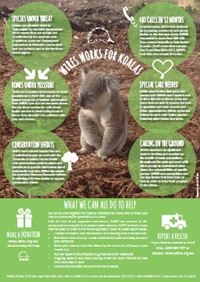 All of these pressures spell disaster for one of Australia’s most
iconic species, says Ms Lett, who believes it’s imperative that we
protect the good koala habitat that remains.
All of these pressures spell disaster for one of Australia’s most
iconic species, says Ms Lett, who believes it’s imperative that we
protect the good koala habitat that remains.
Find out more about the work that WIRES does for koalas by viewing our infosheet.
WIRES (NSW Wildlife Information, Rescue and Education Service Inc.) is Australia's largest wildlife rescue organisation. WIRES’ mission is to actively rehabilitate and preserve Australian wildlife and inspire others to do the same. For more information visit: www.wires.org.au
For more information and high resolution images contact: Paula Wallace, 0404 088 501, paula@wires.org.auAll the images below are available in high resolution for publication.
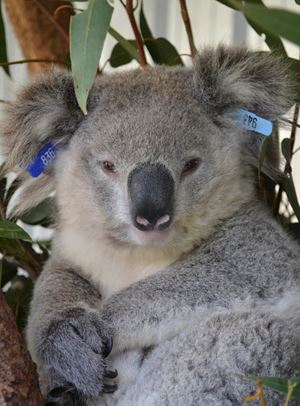
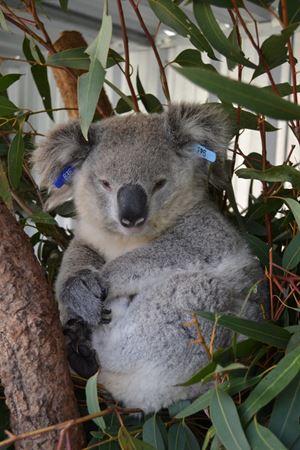
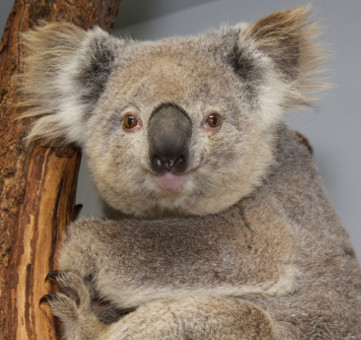
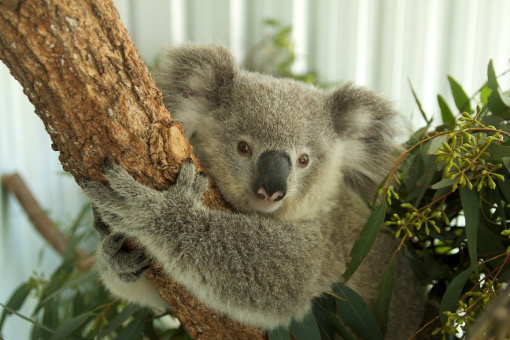
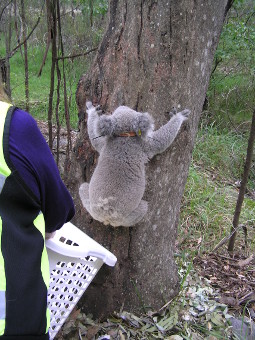
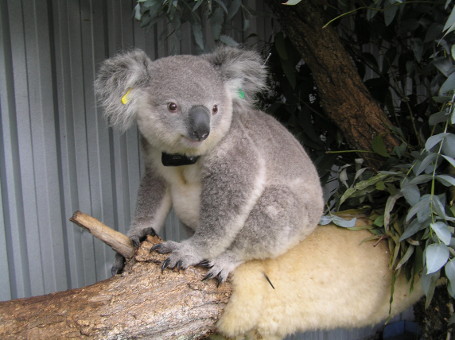
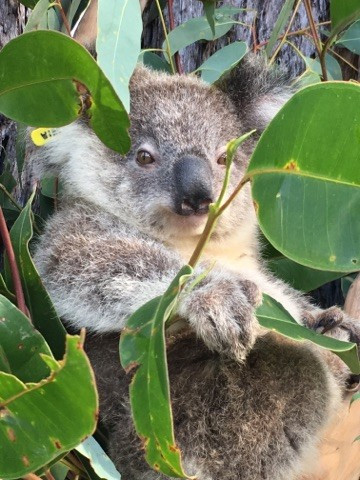
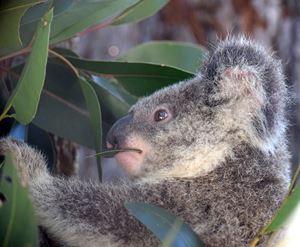
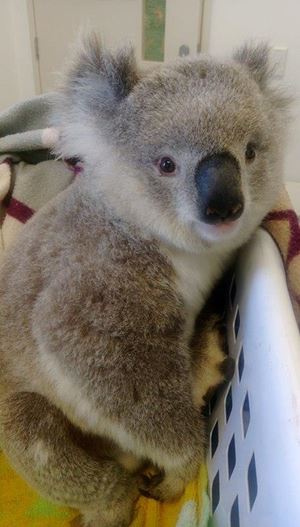
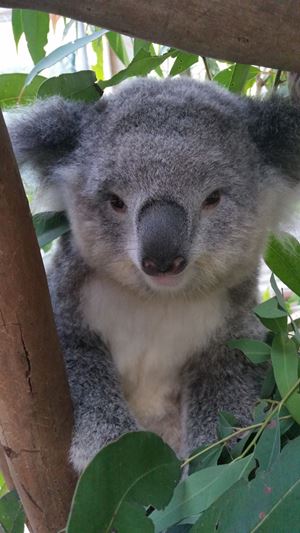
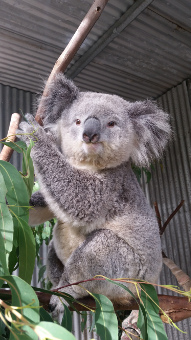
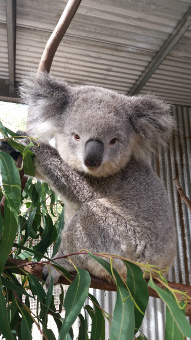
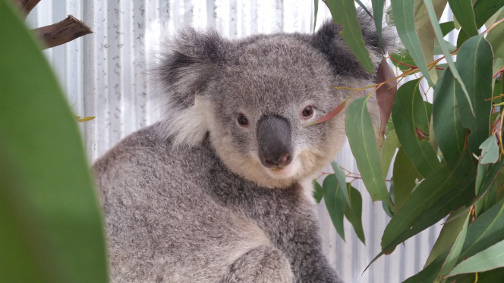
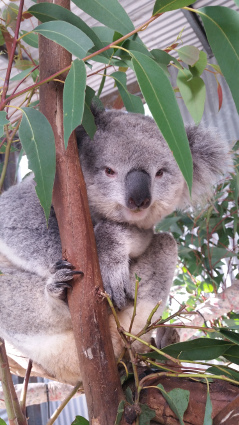
Search
Newsletter
Stay in touch and get our regular rescue stories, WIRES updates and a free copy of our 15 Ways to Help Wildlife ebook
Recent Posts
- Emergency Response Training for Wildlife Volunteers
- WIRES Introduces New Wildlife Rehabilitation Governance Courses in Collaboration with NPWS
- Community Support for Post-Bushfire Recovery of Wildlife in the Greater Blue Mountains
- Research Grants Program-2023 Recipients Announced
- National Koala Conference
- Nature Conservation Council's Bushfire Conference
- Support Stronger Nature Laws
- Helping Endangered Cockatoos: WIRES Grant Success Story
- Landmark Conservation Project Ensures The Future of The Northern Bettong
- Wildlife Road Collisions Unveiled
